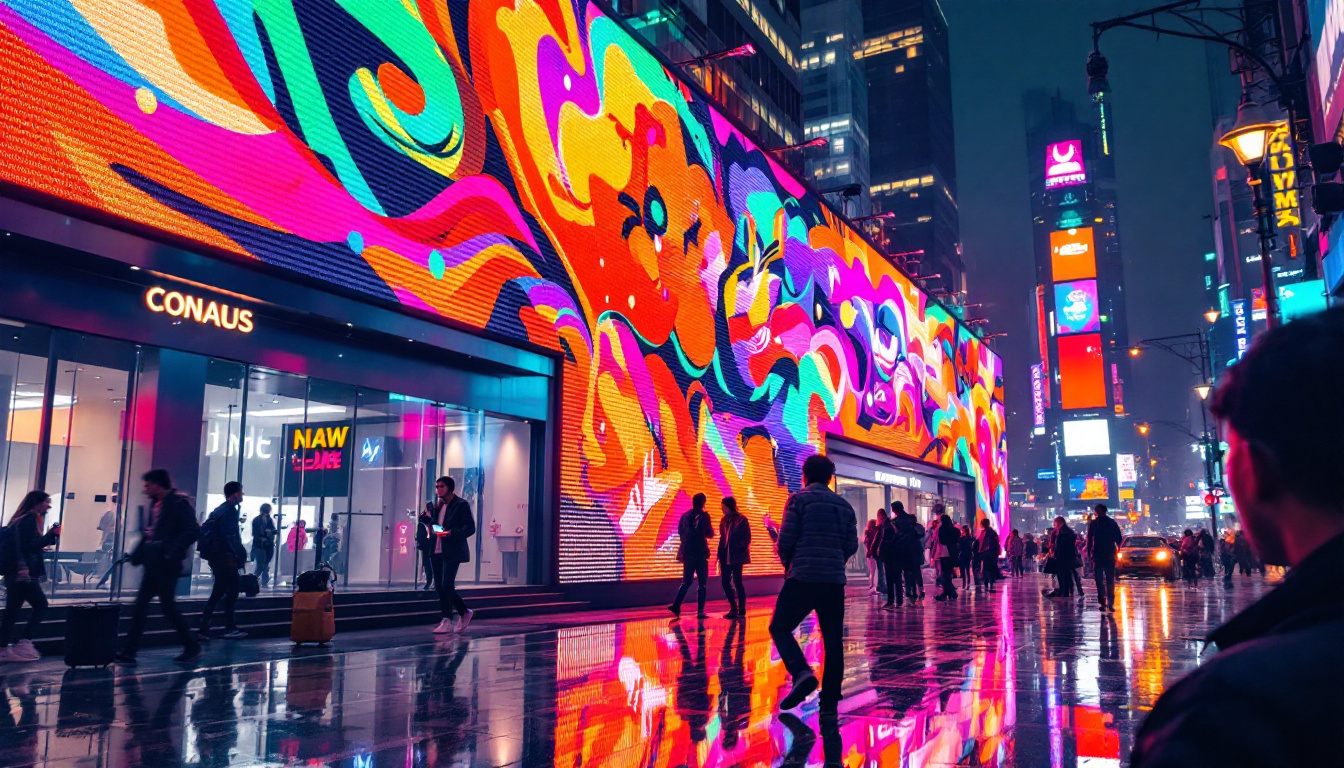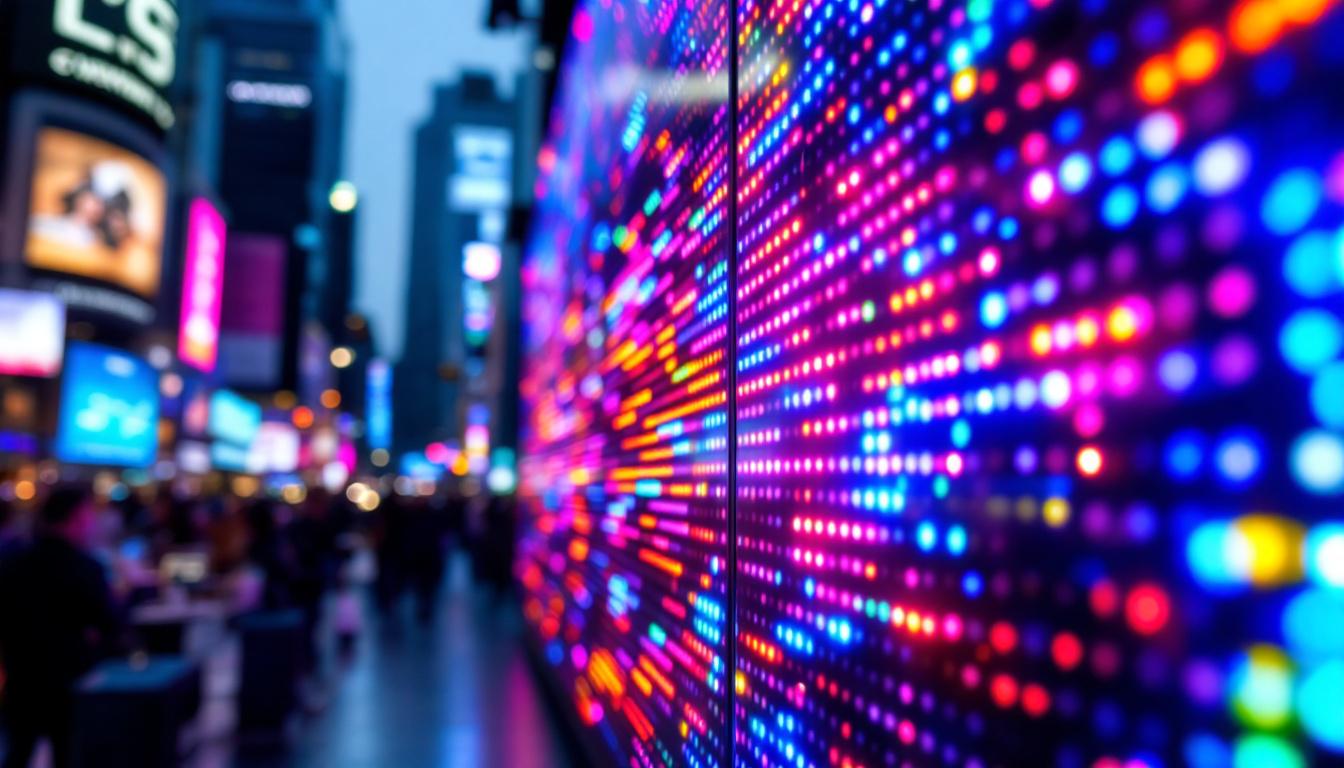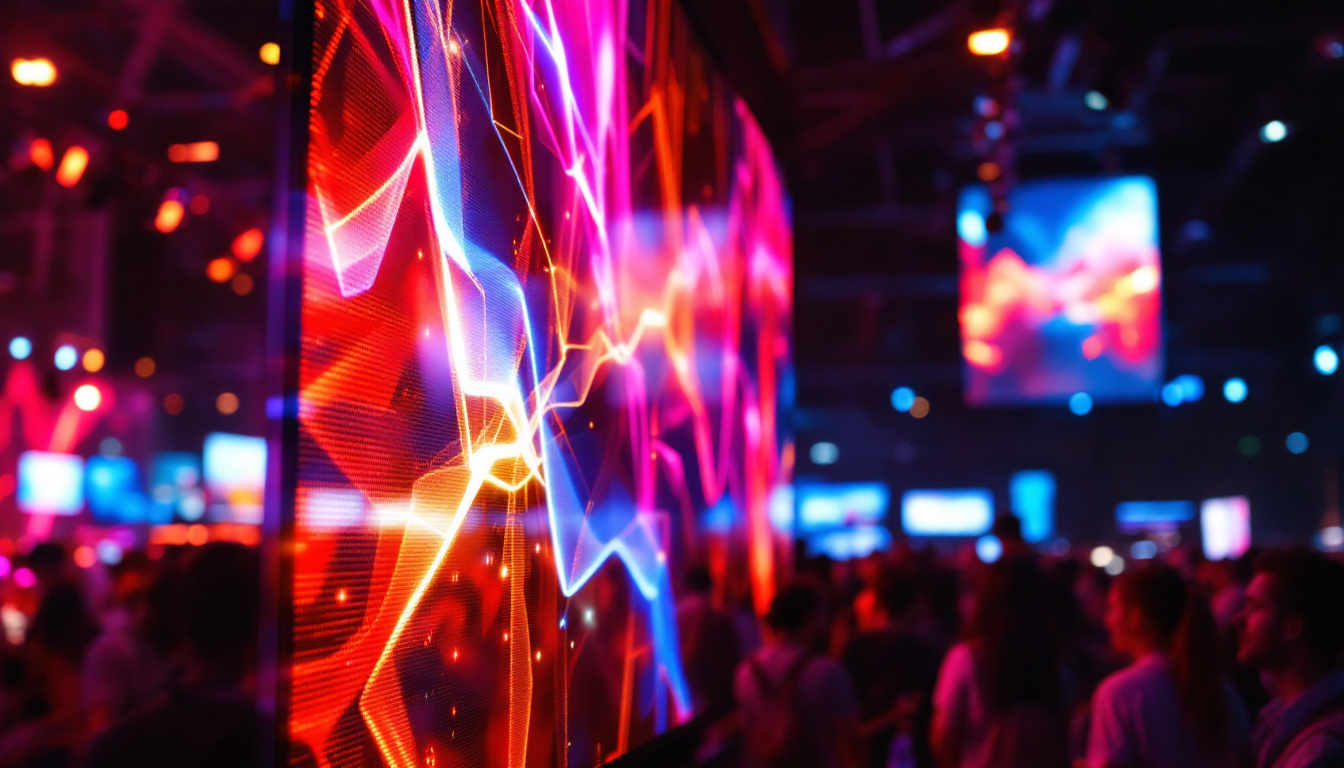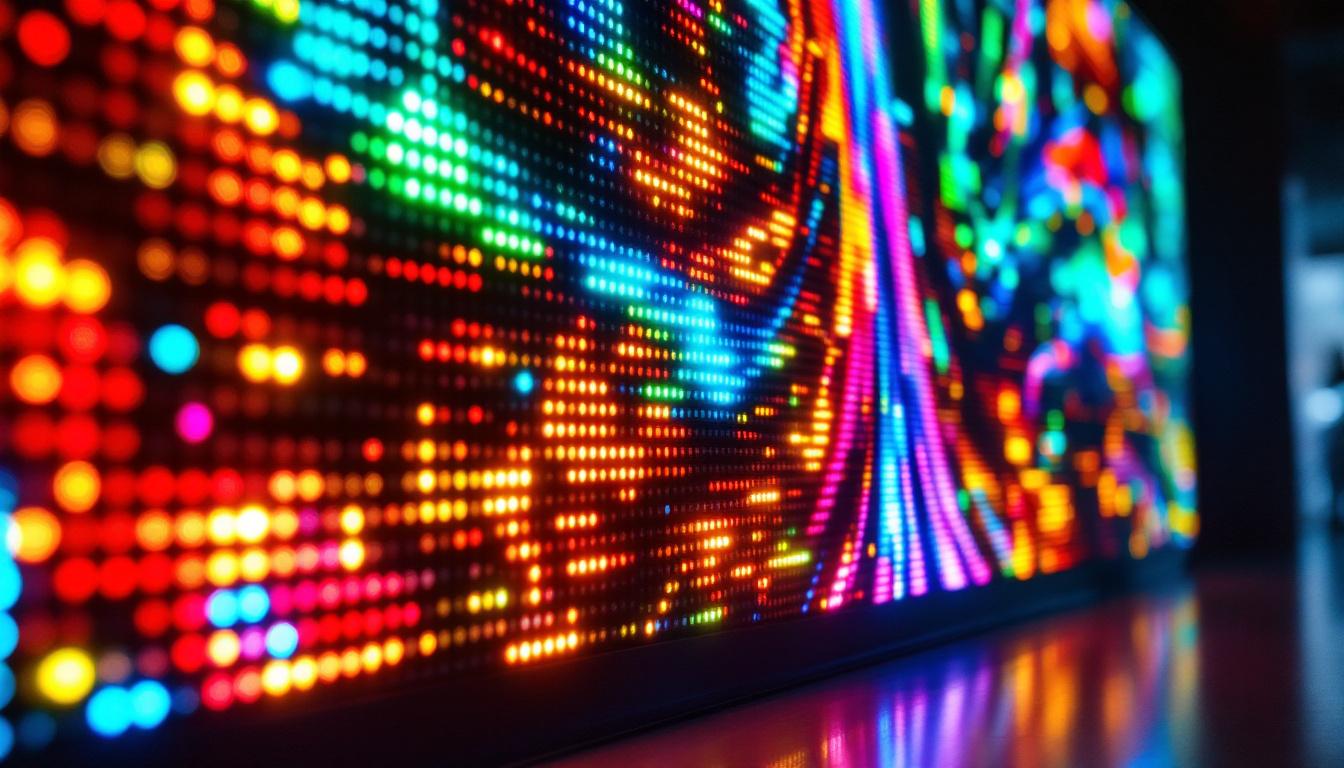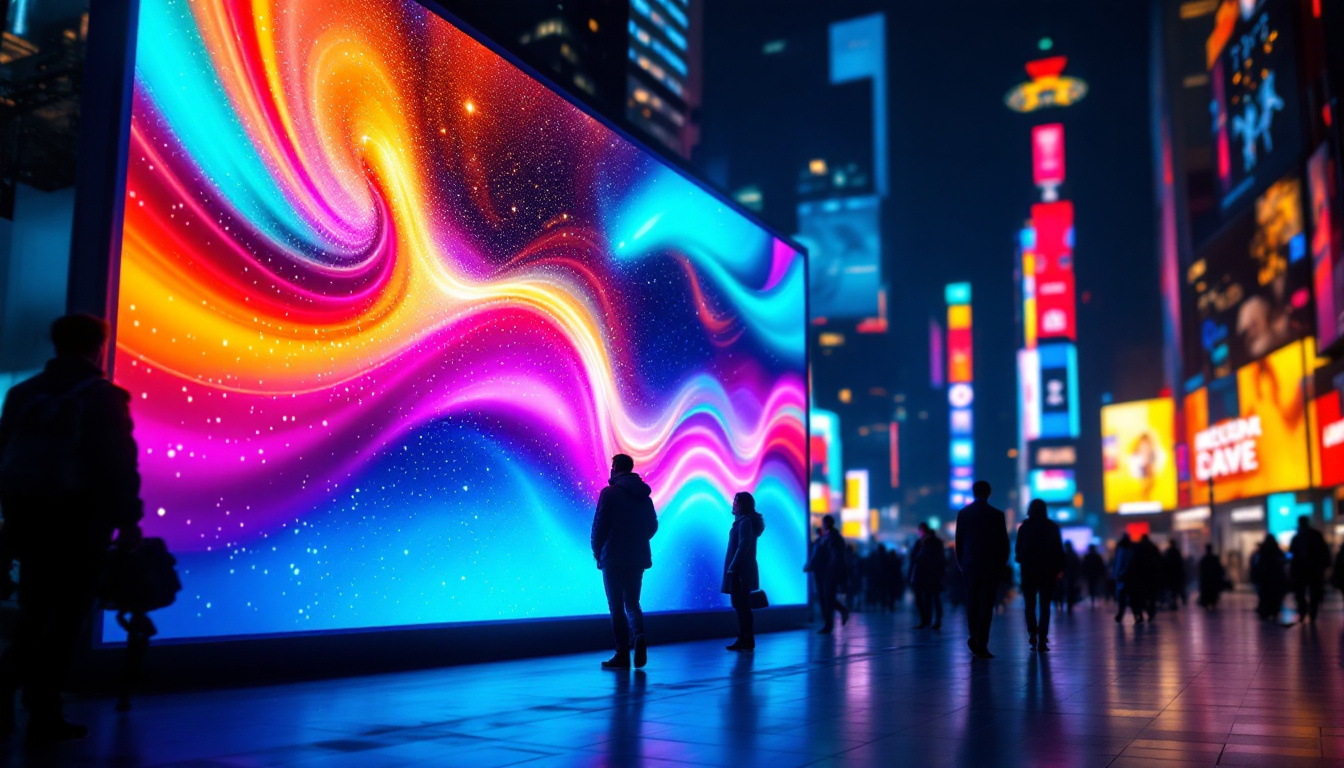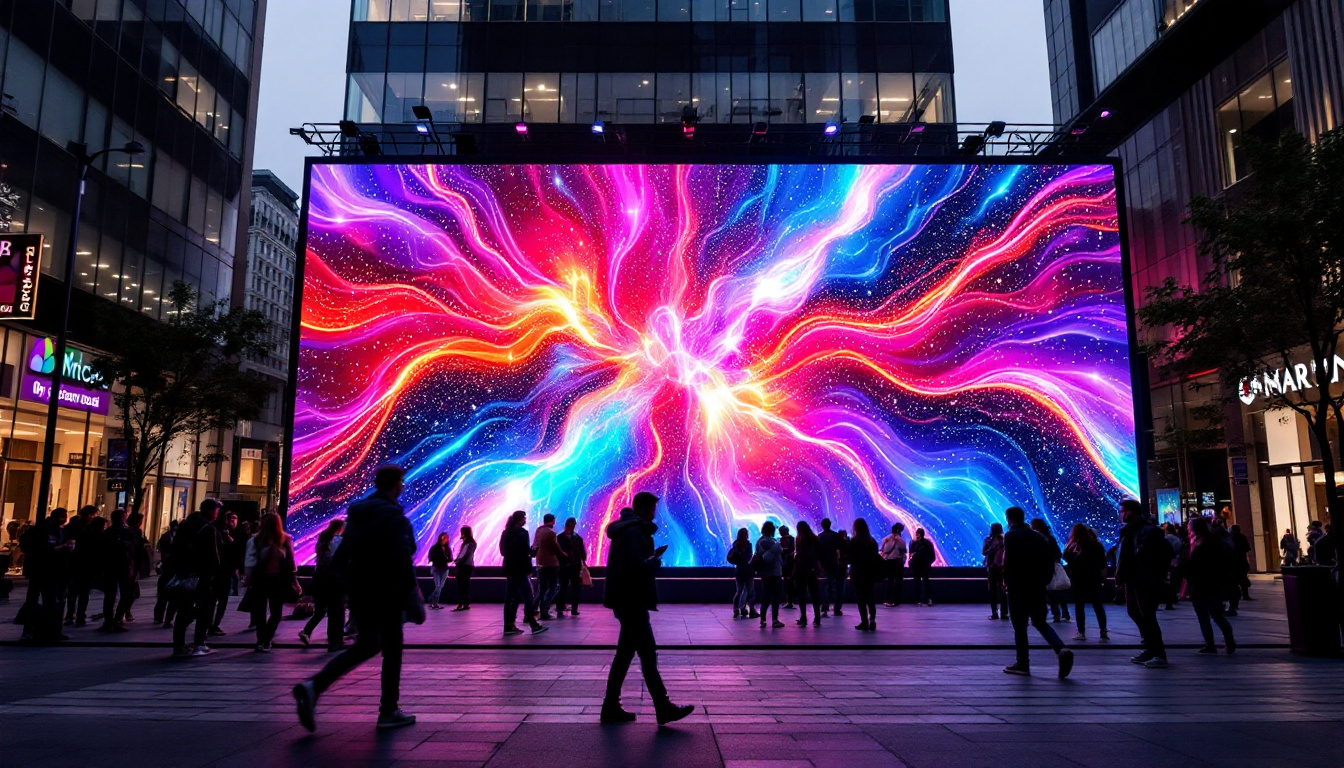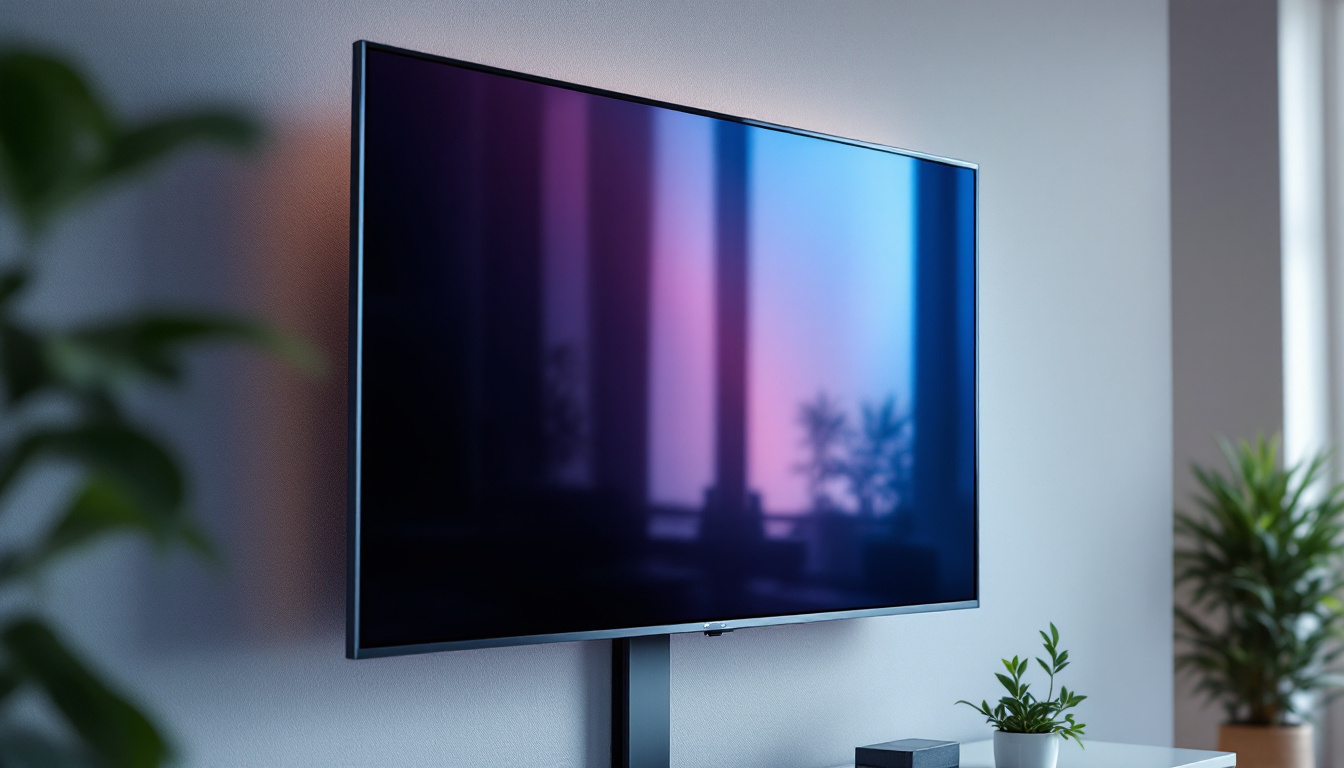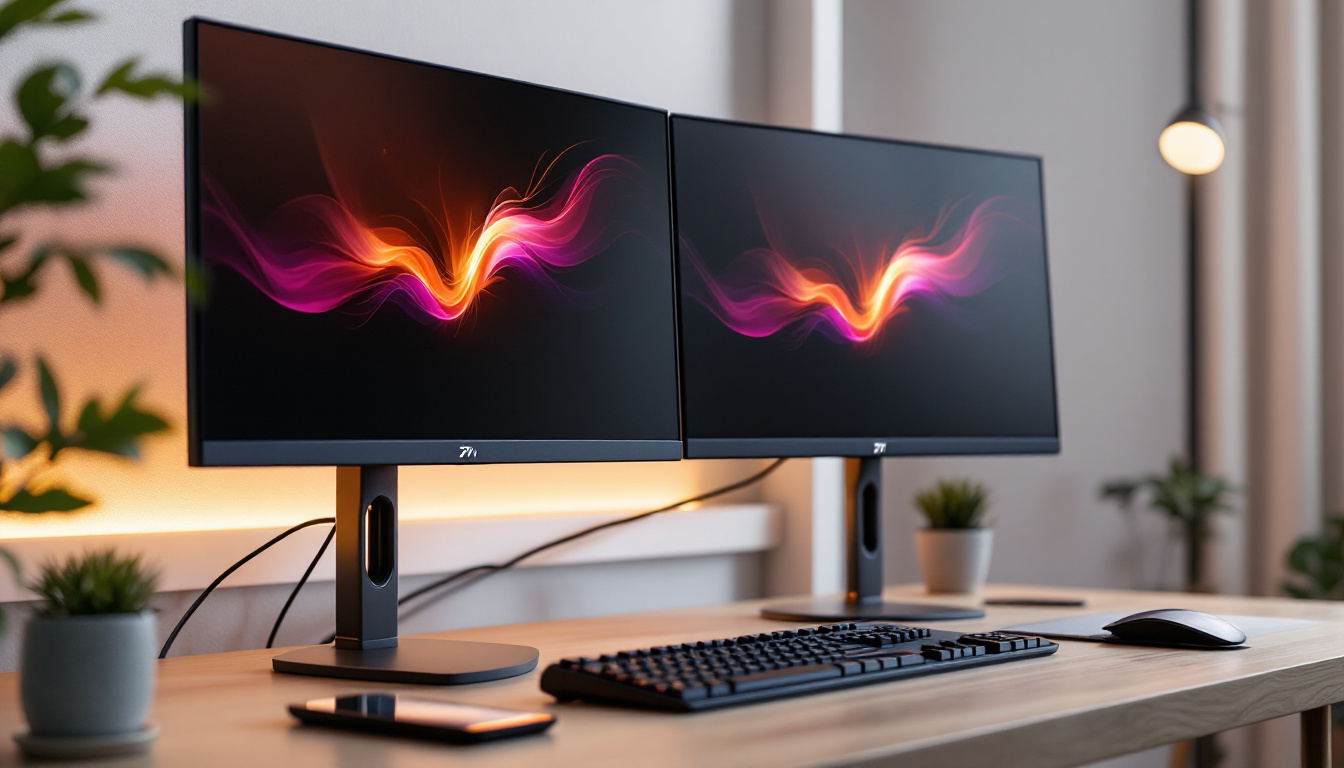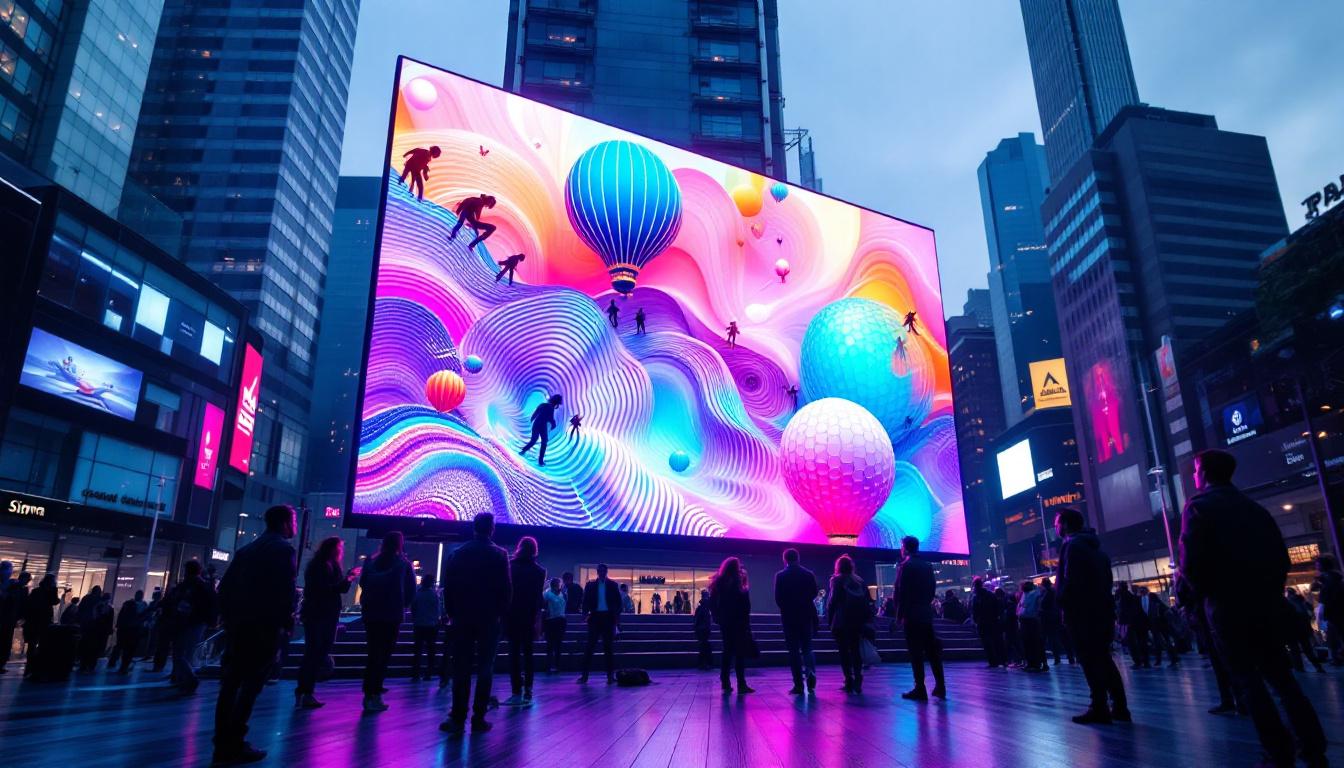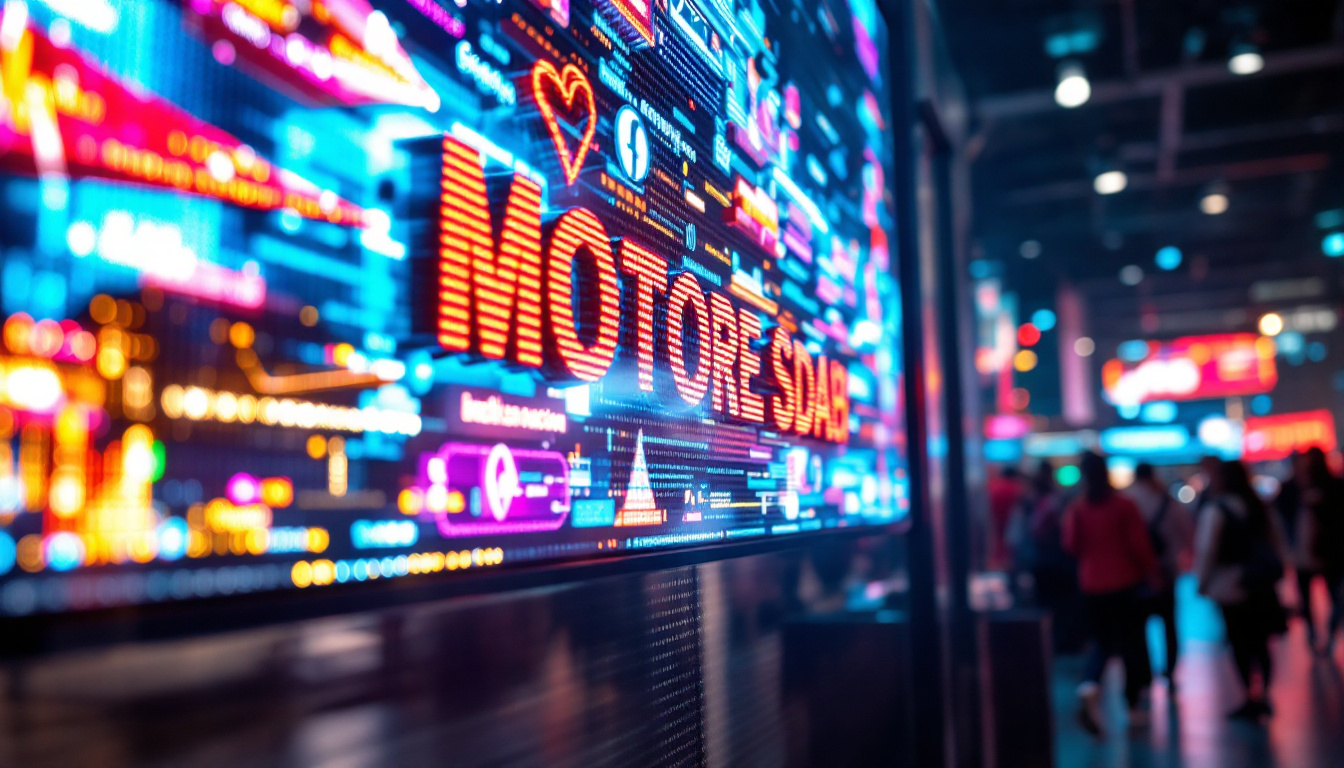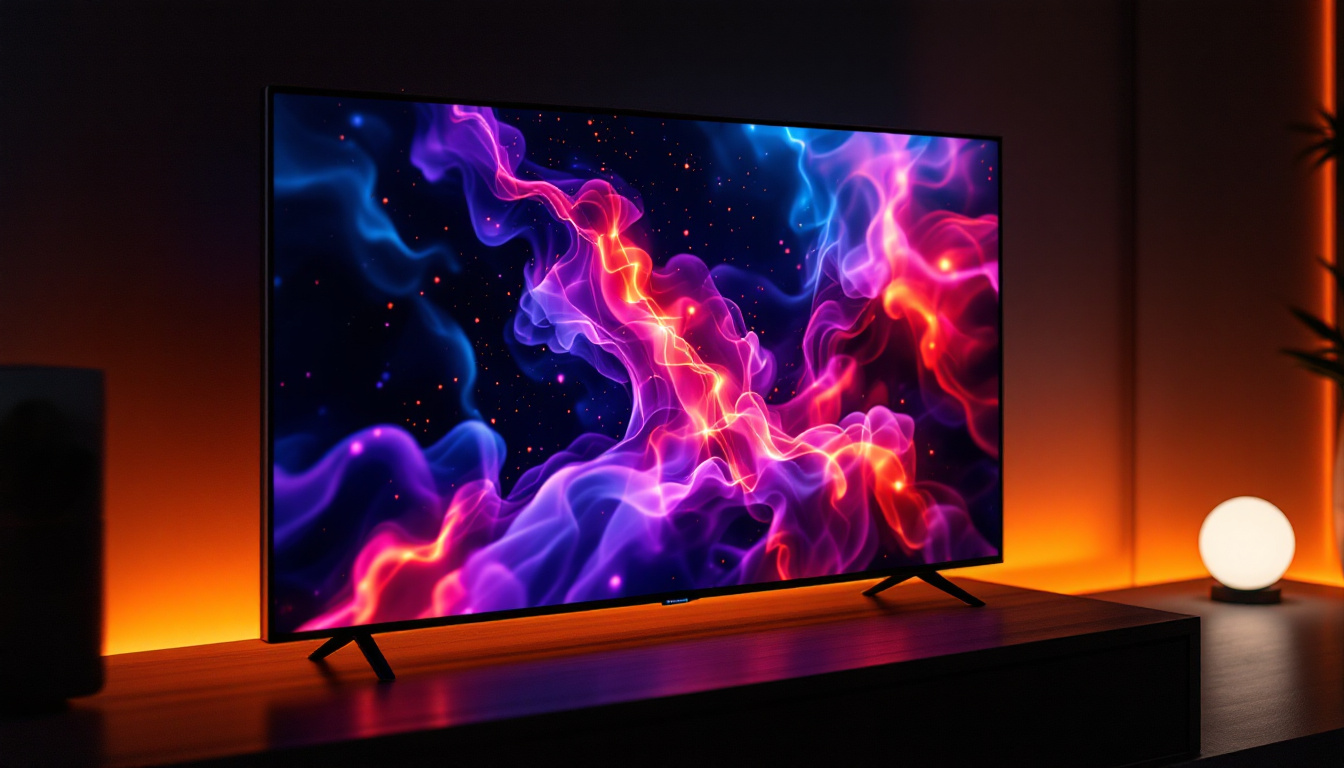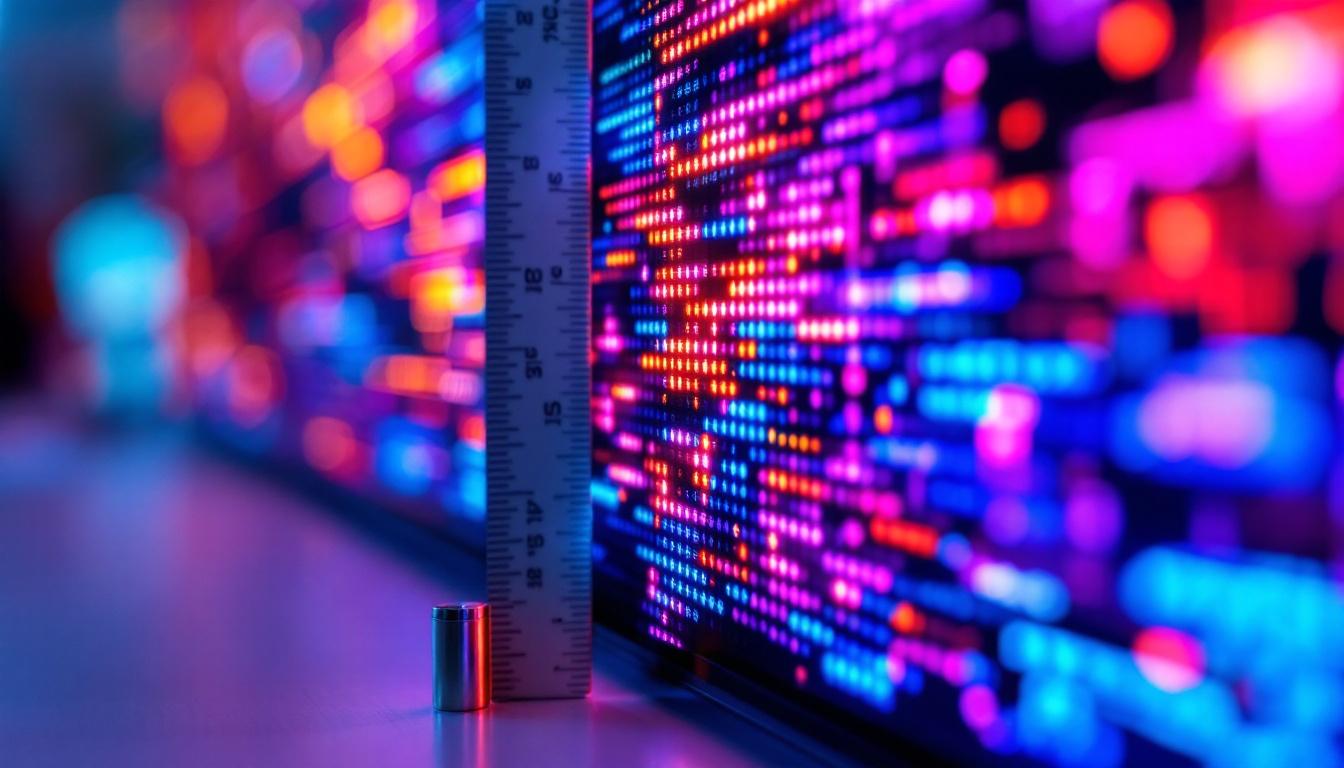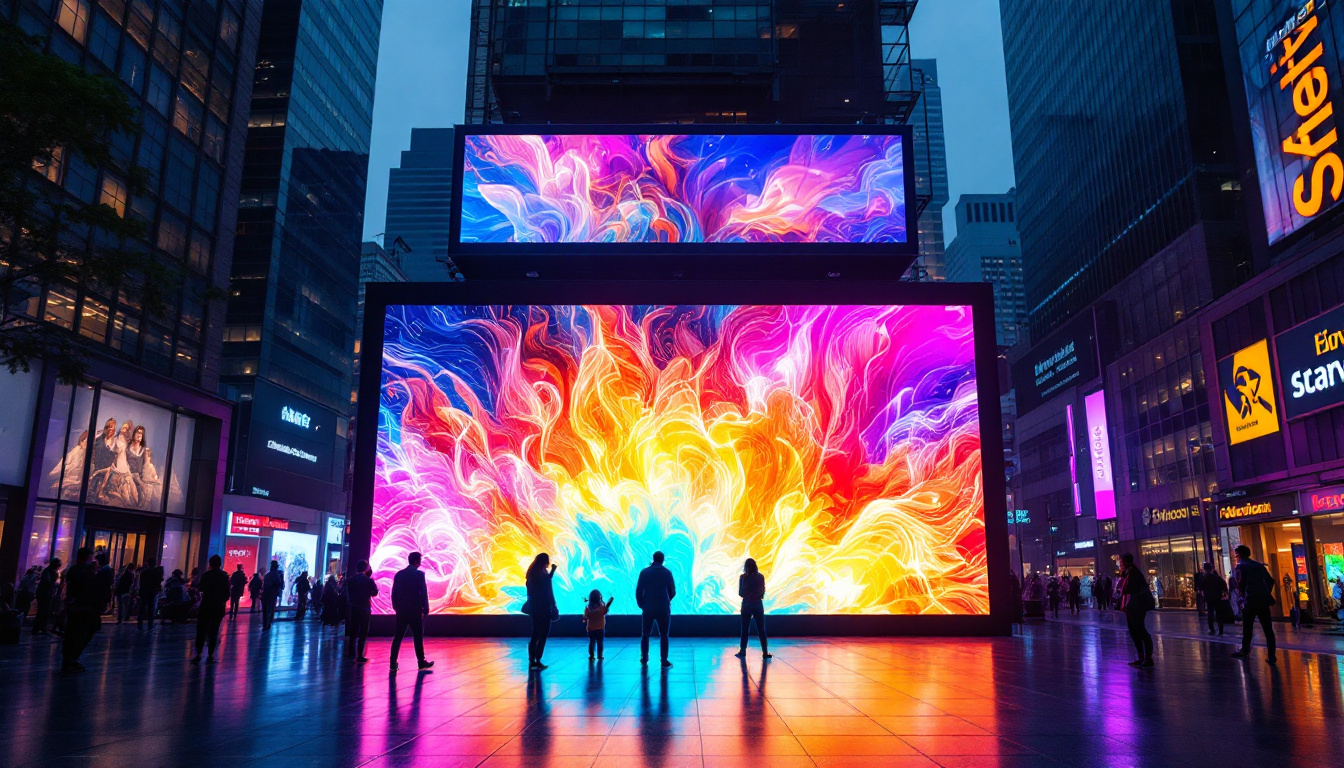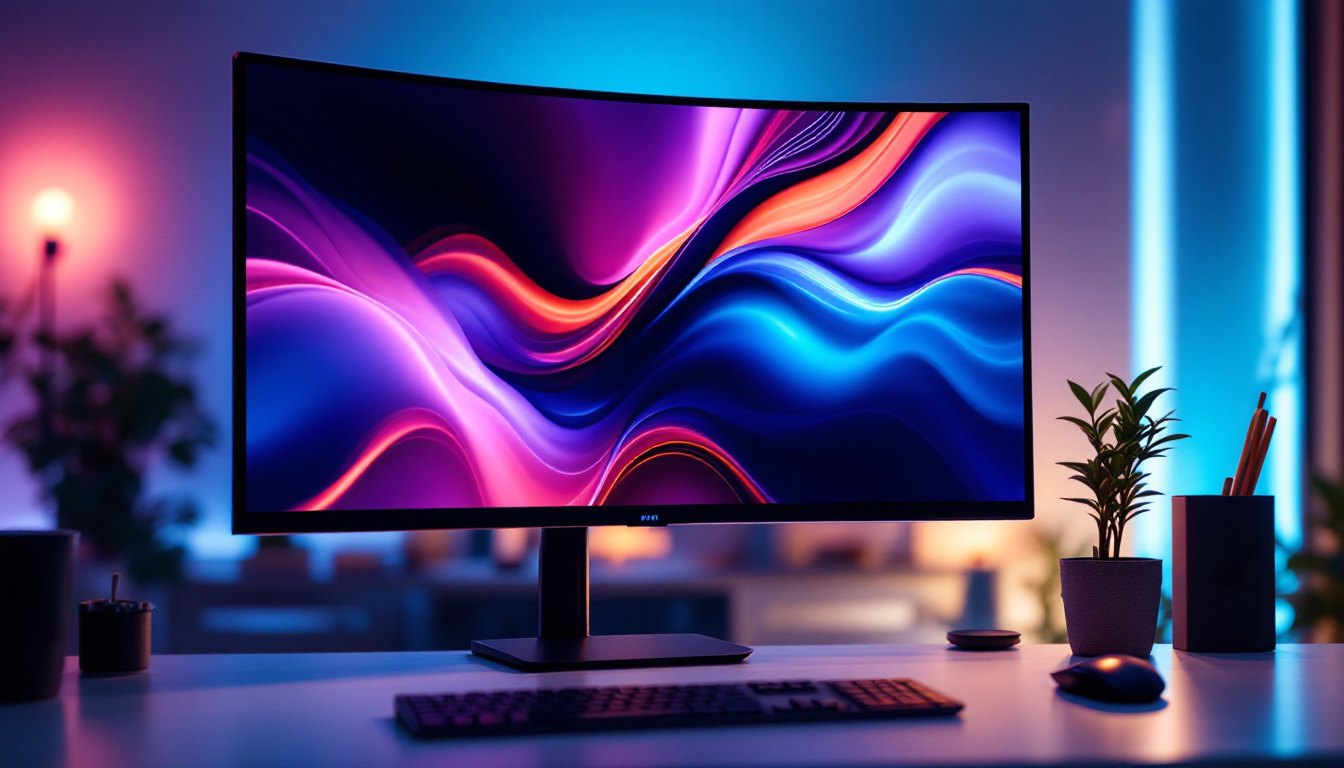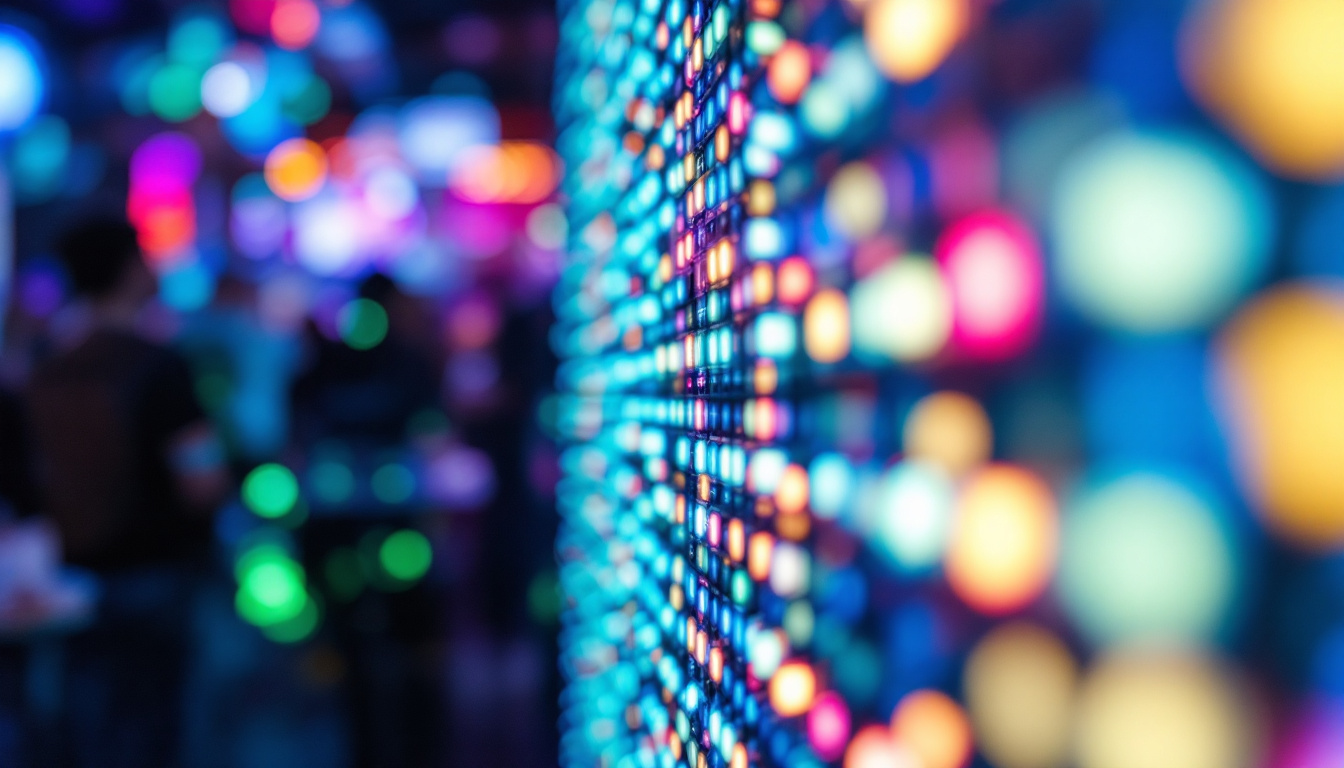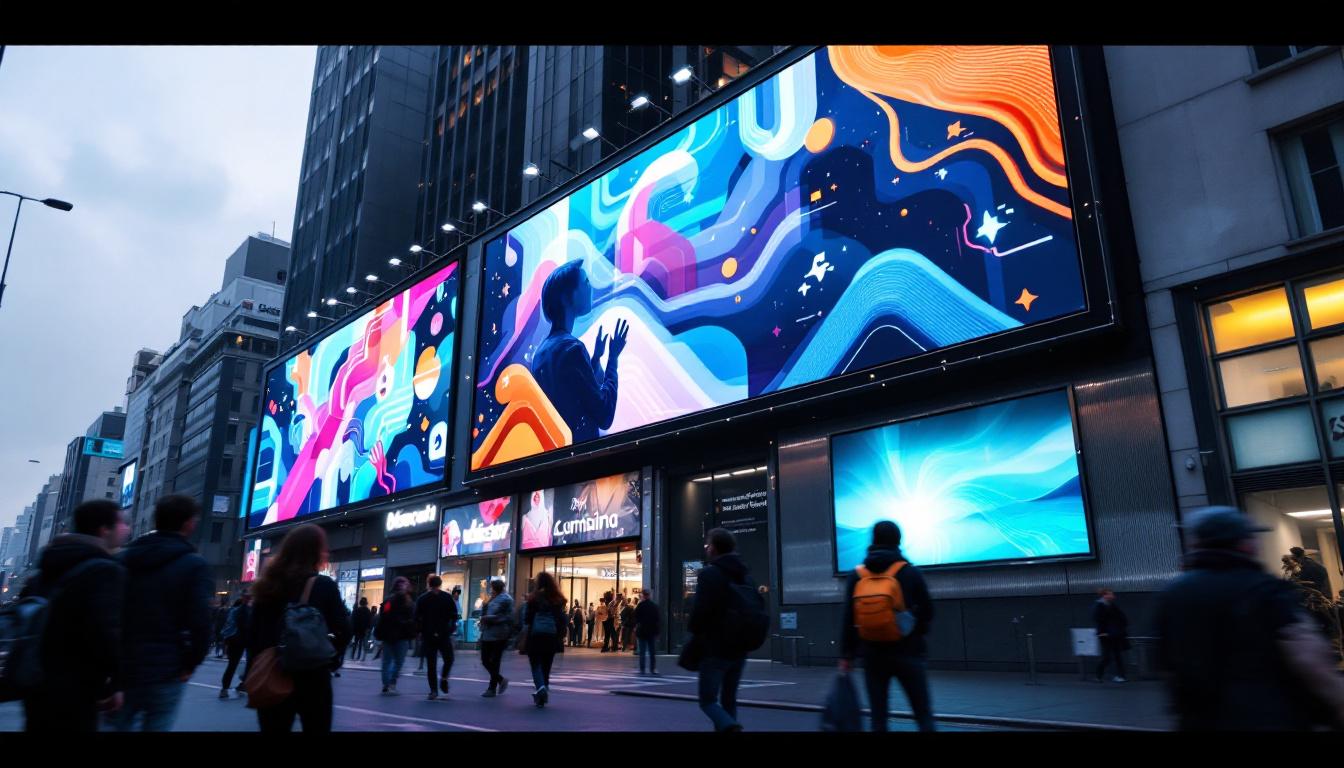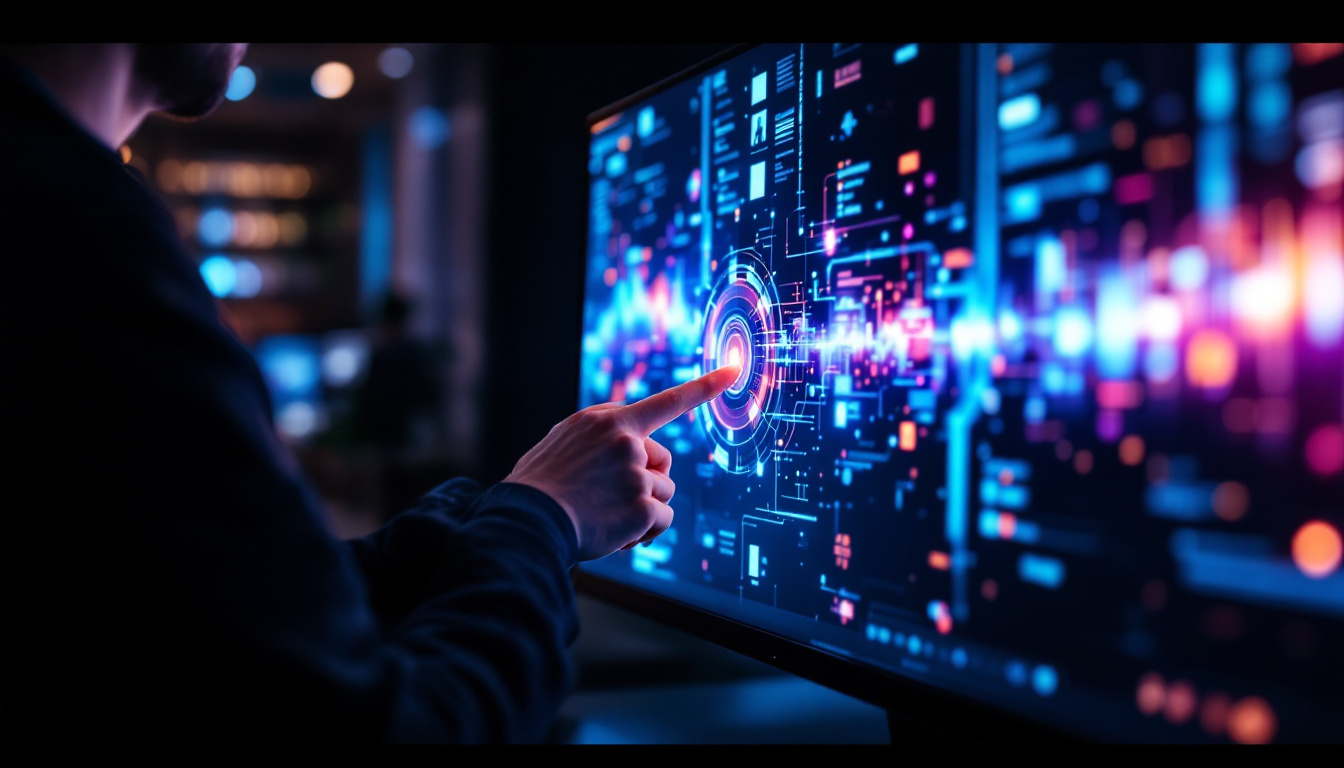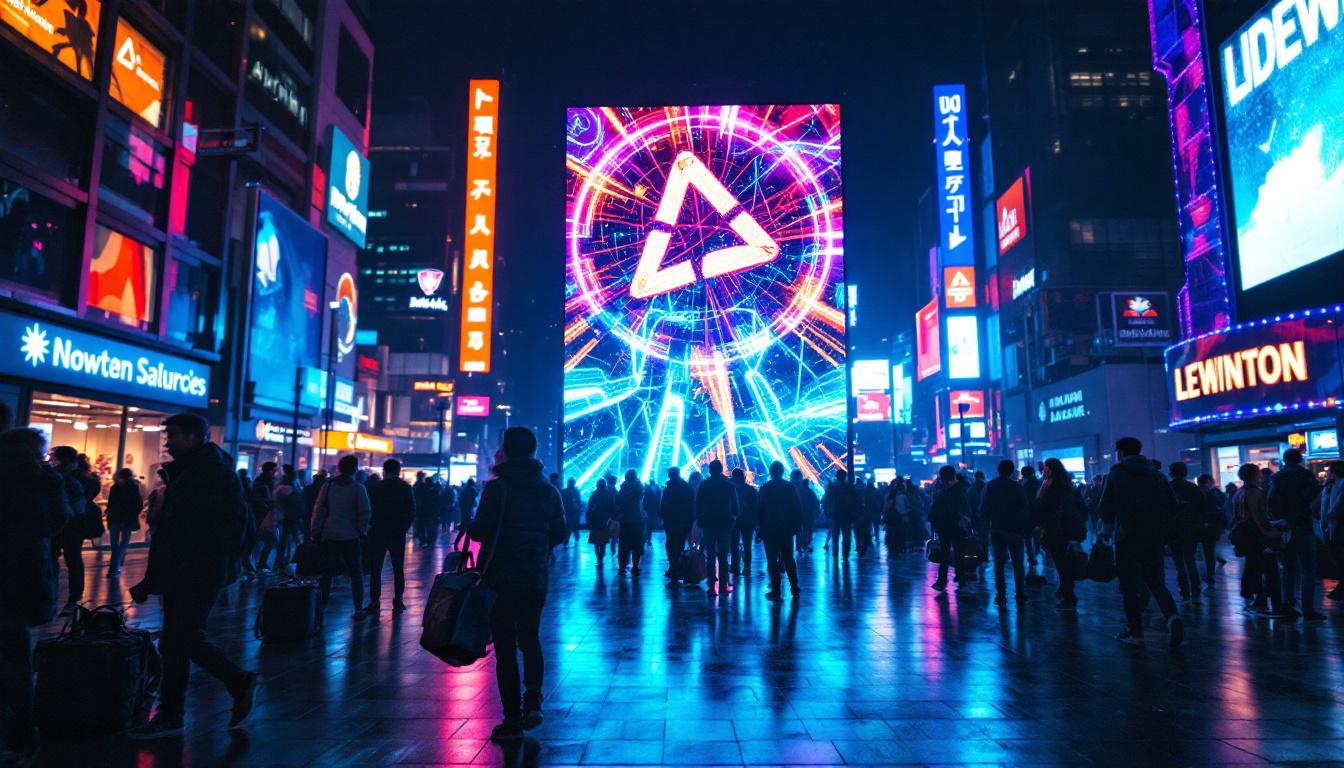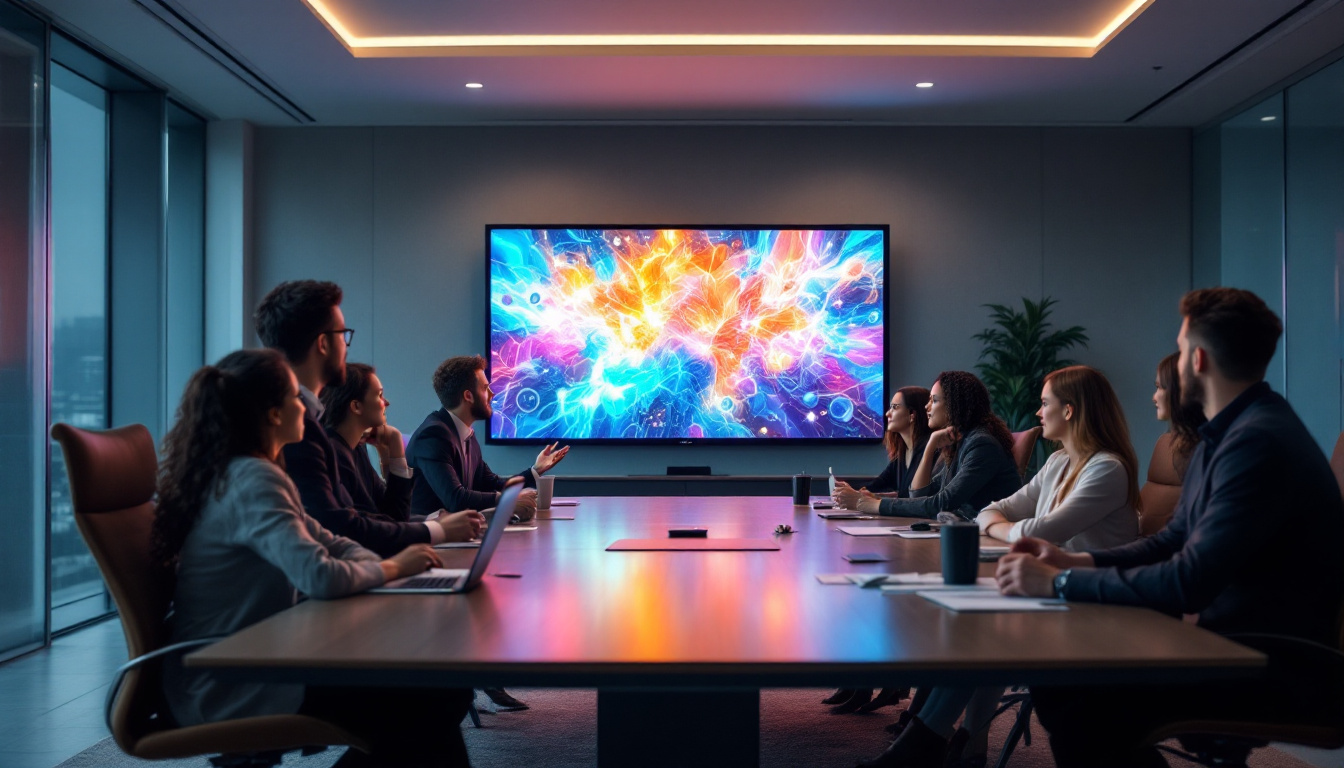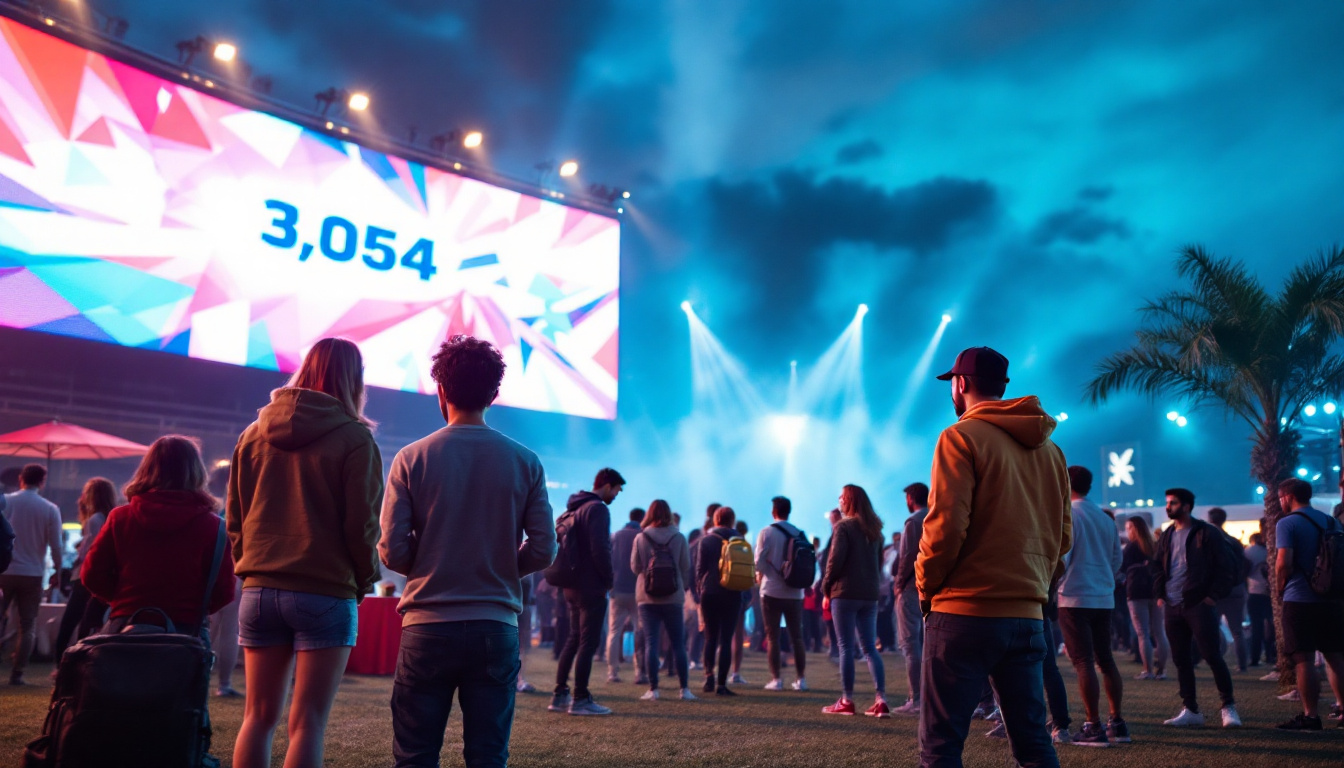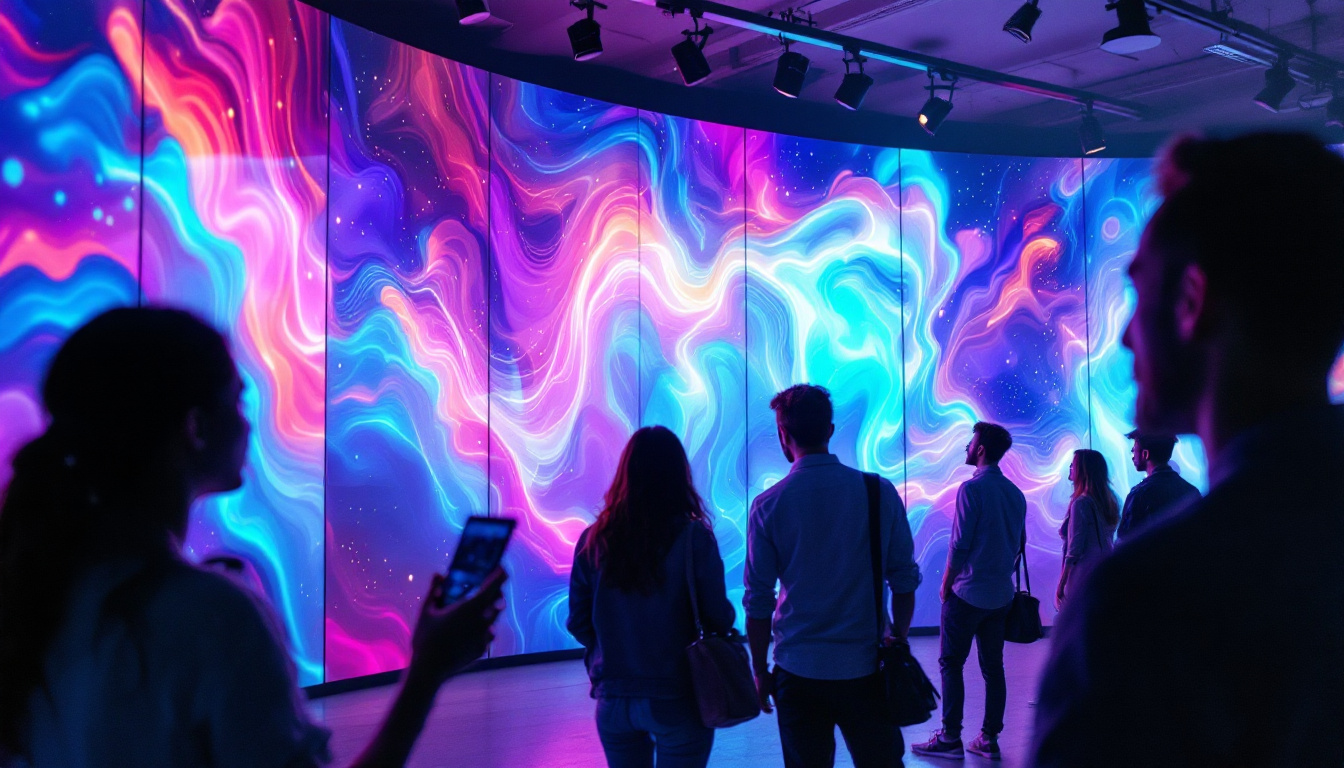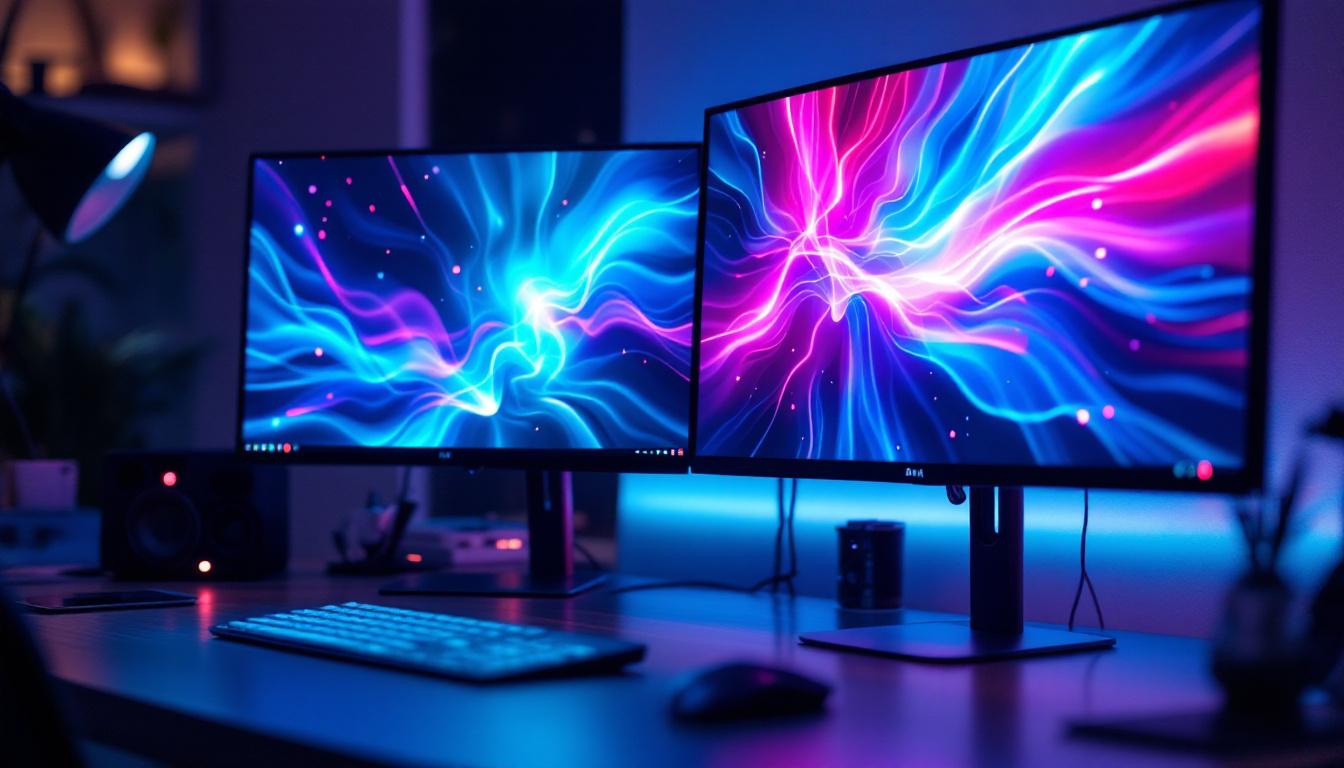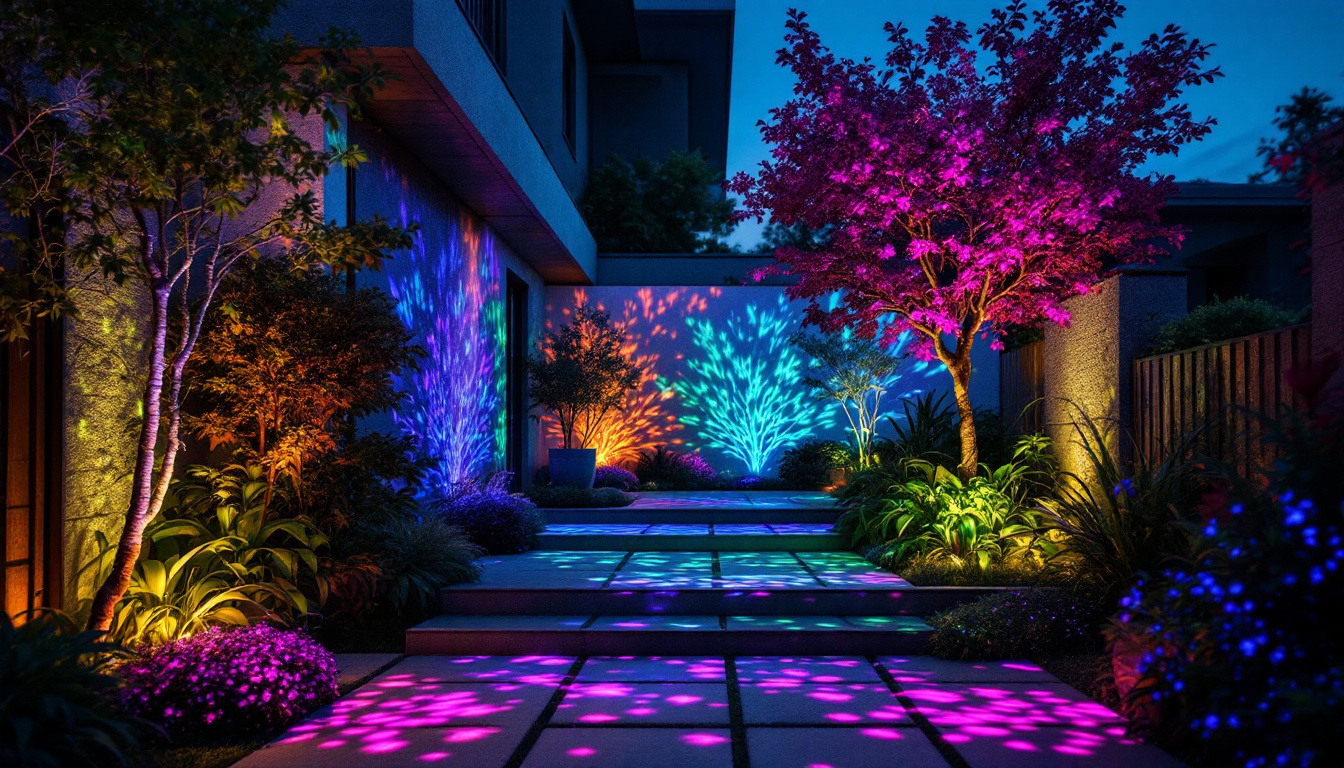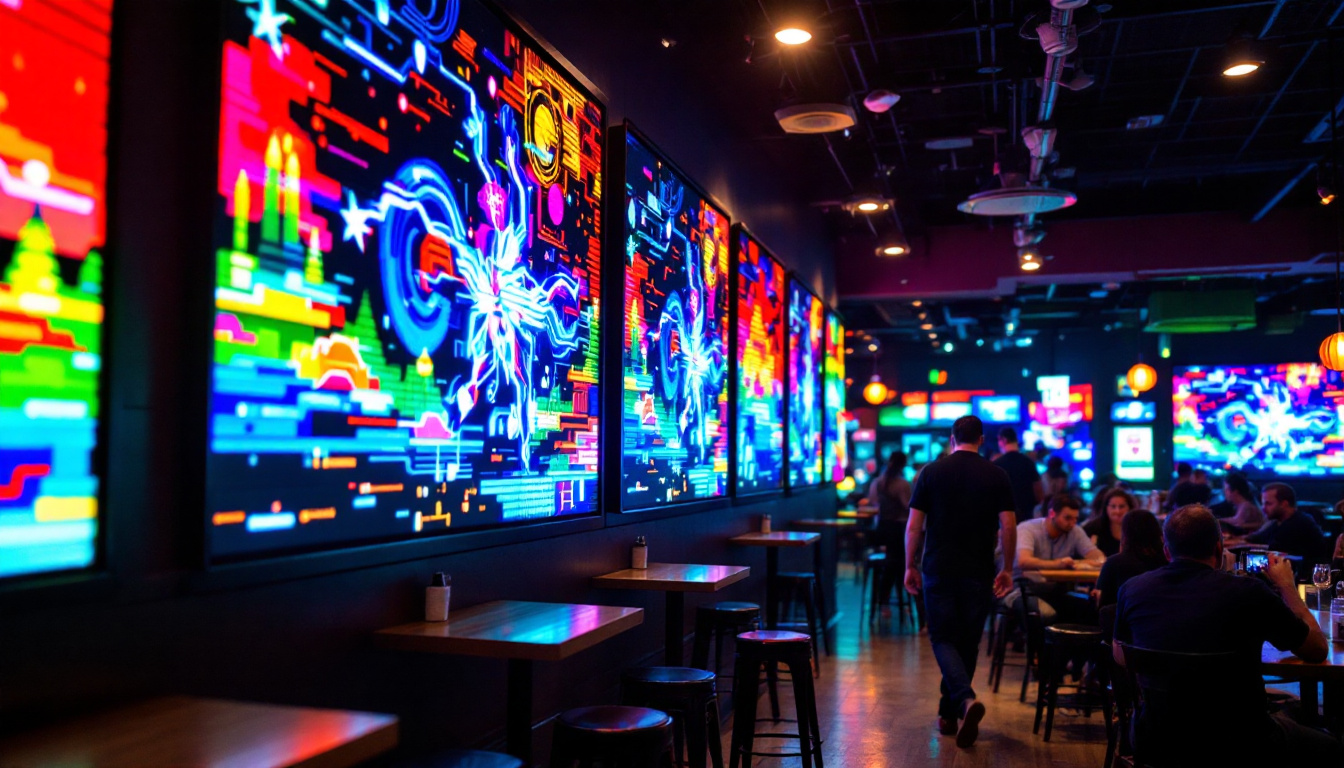In today’s digital age, LED displays have become ubiquitous, transforming the way information is presented across various platforms. From billboards to smartphones, the impact of LED technology is profound. This article delves into what LED stands for, the technology behind LED displays, their advantages, and their applications in various fields.
What Does LED Stand For?
LED is an acronym for Light Emitting Diode. It is a semiconductor device that emits light when an electric current passes through it. The technology has evolved significantly since its inception, leading to the development of various types of LED displays. Originally, LEDs were primarily used for simple indicator lights, but advancements in technology have expanded their applications to include everything from residential lighting to complex digital displays.
The Science Behind LEDs
At the core of an LED is a diode, which is a component that allows current to flow in one direction. When electrons move through the semiconductor material, they recombine with electron holes, releasing energy in the form of photons—this is what produces light. The color of the light emitted depends on the materials used in the semiconductor and the energy band gap of the diode. This phenomenon is known as electroluminescence, and it is a key principle that differentiates LEDs from traditional incandescent bulbs, which produce light through thermal radiation. The efficiency of LEDs, measured in lumens per watt, far surpasses that of incandescent and fluorescent lighting, making them a popular choice for energy-conscious consumers.
Types of LEDs
There are several types of LEDs, each designed for specific applications. The most common types include:
- Standard LEDs: Used in indicators and displays.
- High-Power LEDs: Suitable for lighting applications.
- RGB LEDs: Capable of producing a wide range of colors by mixing red, green, and blue light.
- OLEDs (Organic LEDs): Used in screens for televisions and smartphones, offering superior color and contrast.
In addition to these, there are also specialty LEDs such as UV LEDs, which are used for sterilization and curing applications, and infrared LEDs, commonly employed in remote controls and night vision devices. The versatility of LEDs has led to their adoption in various fields, from automotive lighting to horticulture, where specific wavelengths can promote plant growth. Furthermore, the continuous development of LED technology has resulted in innovations like smart LEDs, which can be controlled via apps and integrated into home automation systems, allowing users to customize their lighting environments effortlessly.
How LED Displays Work
LED displays consist of a matrix of individual LED lights that work together to create images and videos. These displays can be categorized into two main types: direct view and backlit.
Direct View LED Displays
In direct view LED displays, each pixel is made up of individual LEDs. This type of display is often used in large outdoor screens and billboards. The advantage of direct view displays is that they can produce bright images that are easily visible in various lighting conditions. Additionally, these displays can be configured in various shapes and sizes, making them highly versatile for different applications, from sports arenas to concert stages. The modular design allows for easy repairs and upgrades, ensuring that they can maintain high performance over time.
Moreover, direct view LED displays are increasingly being used in indoor environments, such as retail stores and corporate settings, where dynamic visuals can enhance customer engagement. The ability to display high-resolution content with vivid colors makes them ideal for advertising and branding purposes. As technology advances, direct view LED displays are becoming more energy-efficient, further reducing operational costs for businesses.
Backlit LED Displays
Backlit LED displays use LEDs to illuminate a liquid crystal display (LCD) panel from behind. This technology is commonly found in televisions and computer monitors. While backlit displays can achieve excellent color reproduction and contrast, they may not be as bright as direct view displays. However, advancements in backlighting techniques, such as edge-lit and full-array backlighting, have significantly improved the performance of these displays. Edge-lit displays use LEDs positioned along the edges of the screen, allowing for a thinner profile, while full-array backlighting provides uniform brightness across the entire display, enhancing the viewing experience.
In addition to their use in consumer electronics, backlit LED displays are also popular in professional settings, such as medical imaging and graphic design, where color accuracy is paramount. The ability to control brightness and contrast levels allows for a more tailored viewing experience, catering to the specific needs of users. As the demand for high-definition content continues to grow, backlit LED technology is evolving, incorporating features like HDR (High Dynamic Range) to deliver even more stunning visuals that captivate audiences.
Advantages of LED Displays
LED displays offer numerous advantages over traditional display technologies. Their benefits include energy efficiency, longevity, and versatility.
Energy Efficiency
One of the most significant advantages of LED technology is its energy efficiency. LED displays consume significantly less power compared to traditional incandescent or fluorescent displays. This not only reduces electricity costs but also minimizes the environmental impact. For instance, in large-scale applications such as stadiums or concert venues, the energy savings can be substantial, leading to lower operational costs and a reduced carbon footprint. Additionally, many LED displays are designed with smart technology that allows for automatic brightness adjustments based on ambient light, further enhancing their energy-saving capabilities.
Longevity
LEDs have a longer lifespan compared to other lighting technologies. An LED display can last up to 100,000 hours, making it a cost-effective solution for businesses and consumers alike. This durability reduces the need for frequent replacements, which can be both time-consuming and expensive. Furthermore, the extended lifespan of LED displays means that they maintain their brightness and color quality over time, ensuring that the visual experience remains consistent. This reliability is particularly crucial in professional settings, such as broadcasting and live events, where display quality directly impacts audience engagement.
Versatility
LED displays are incredibly versatile and can be used in a wide range of applications. From advertising and entertainment to information dissemination and artistic displays, the adaptability of LED technology allows for innovative uses in various fields. For example, in retail environments, LED screens can be utilized for dynamic advertising, showcasing promotions or new products in real-time. In the realm of art, artists are increasingly incorporating LED technology into their installations, creating immersive experiences that blend visual art with technology. Moreover, the modular nature of many LED systems allows for custom shapes and sizes, enabling unique installations that were previously impractical with traditional display technologies.
Applications of LED Displays
LED displays have found their way into numerous sectors, revolutionizing how information is communicated and presented. Here are some prominent applications:
Advertising
One of the most visible applications of LED displays is in advertising. digital billboards and storefront displays utilize LED technology to capture attention with vibrant colors and dynamic content. These displays can be easily updated, allowing businesses to change their messaging in real-time, which enhances marketing strategies.
Entertainment
In the entertainment industry, LED displays are used in concert venues, theaters, and sports arenas. They provide high-quality visuals that enhance the audience’s experience. Large-scale LED screens are often employed during live events to display performances, advertisements, and interactive content.
Transportation and Navigation
LED displays are also integral to transportation systems. They are used in traffic signals, electronic billboards, and information boards at airports and train stations. These displays provide real-time updates on schedules, delays, and other important information, improving overall efficiency and safety.
Future Trends in LED Technology
The future of LED technology looks promising, with continuous advancements paving the way for innovative applications. Some emerging trends include:
Flexible and Transparent Displays
Recent developments in LED technology have led to the creation of flexible and transparent displays. These displays can be integrated into various surfaces, such as windows and walls, allowing for new design possibilities in architecture and interior design.
Smart LED Displays
As the Internet of Things (IoT) continues to grow, smart LED displays are becoming more prevalent. These displays can connect to the internet and other devices, enabling interactive features and personalized content delivery. This trend is particularly useful in retail environments, where customer engagement is key.
Improved Energy Efficiency
Research and development in LED technology are focused on improving energy efficiency even further. New materials and designs are being explored to reduce power consumption without compromising brightness or quality. This will not only benefit consumers but also contribute to global sustainability efforts.
Challenges Facing LED Displays
Despite their many advantages, LED displays face several challenges that need to be addressed for continued growth and adoption.
Cost of Implementation
While the prices of LED technology have decreased over the years, the initial investment for high-quality LED displays can still be significant. This cost can be a barrier for small businesses or organizations looking to adopt this technology. However, as production scales and technology advances, prices are expected to become more accessible.
Environmental Concerns
Although LED displays are more energy-efficient than traditional lighting, they are not without environmental concerns. The production and disposal of LED components can result in electronic waste and pollution. It is essential for manufacturers to implement sustainable practices and for consumers to recycle old devices responsibly.
Conclusion
LED displays have revolutionized the way information is presented and consumed across various sectors. With their energy efficiency, longevity, and versatility, they have become an integral part of modern life. As technology continues to advance, the future of LED displays holds exciting possibilities, paving the way for innovative applications and improved user experiences.
Understanding what LED stands for and how these displays function is crucial for appreciating their impact on our daily lives. Whether used for advertising, entertainment, or information dissemination, LED technology is set to play a significant role in shaping the future of visual communication.
Discover the Future of Visual Communication with LumenMatrix
As you’ve seen, LED displays are reshaping the landscape of digital communication, offering unparalleled energy efficiency, longevity, and versatility. Embrace the future with LumenMatrix, a pioneer in LED display technology. Our extensive range of solutions, from Indoor and Outdoor LED Wall Displays to innovative LED Transparent Displays, is designed to captivate your audience and amplify your message. Experience the transformative power of LED displays and take the first step towards revolutionizing your visual communication. Check out LumenMatrix LED Display Solutions today and see your vision come to life.


